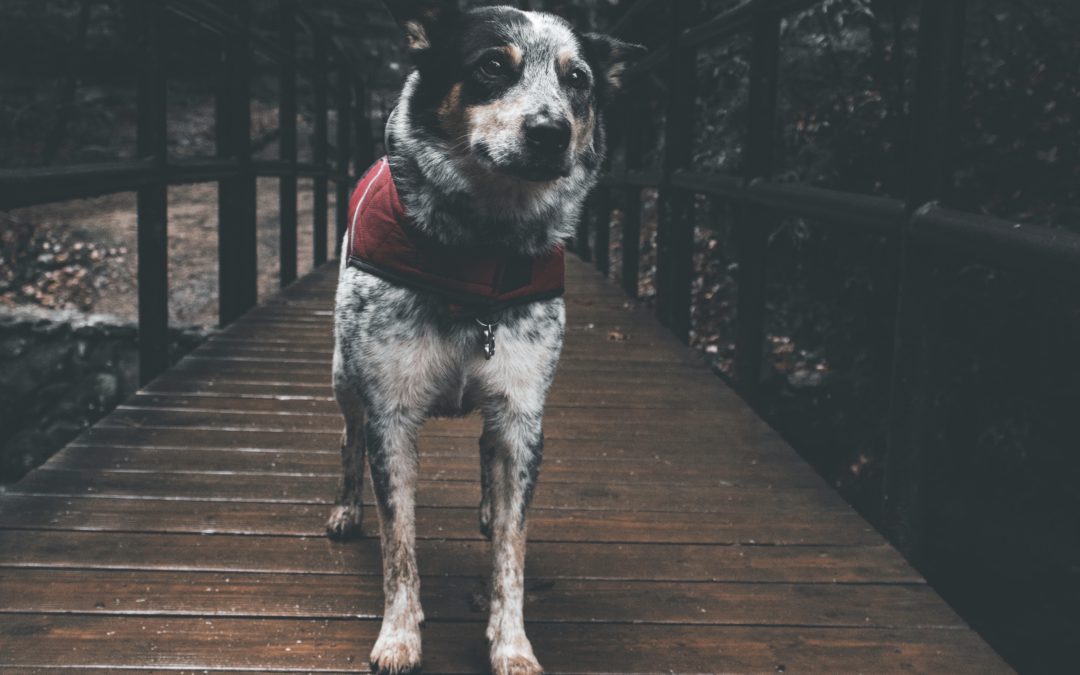Stories on the news seem to play over and over again about the natural disasters plaguing our country. From the fires in the west, to the derecho in the central plains, and to the hurricanes on the east costs, these are all unexpected occurrences that not only affect people but also animals across the country. As a rescue, you can make a difference for people and their pets during these difficult times.
We’ve put together a quick list of things you can do to ensure you and your volunteers are prepared to care for the animals in your rescue along with the spike of animals that will need care. If you have the resources available, you can be the light for these pets and the families that love them in the event of a natural disaster.
1. Create relationships with reputable agencies in the area like the Red Cross, United Way, and local veterinarians. Reaching out to these organizations before a disaster occurrence will provide them a resource for helping animals when disaster does strike. Let them know what you can help with and that you will be a resource for placement, tracking animals, pet food, and vet care.
2. Establish a relationship with your local wildlife rehabilitation center. Even if you are specifically a cat or dog rescue, in times of need people may find your rescue and reach out to you if they find injured wildlife or wildlife that needs help. Knowing who to call or who to direct these people to help wildfile is crucial to saving them as well!
3. Make your plan of action! Make a list of all of the natural disasters that could be part of your region. Pawlytics is based in Nebraska, so we worry most about tornadoes, but it is not uncommon to experience flooding, blizzards, and heatwaves. All of these will result in extra care needed for pets. Then decide what your rescue wants to or needs to do to help their community and pets. Will every available foster need to be ready to intake animals or take on more than they usually do? Will you need to be ready for mass transports? Will you need to go to the site of the disaster to help find and get medical care to animals? Decide what your team can do, and write out what this will look like. Your list could include things like:
4. Share your plan with your animal rescue’s team members. Put your plan in a shared document that you can have your team members and volunteers review. It’s a great idea to have them read through it the day they start working with your rescue so they are familiar with it. Then, when needed, you can send it out and they’ll be ready to act.
- A phone call/text tree list to engage every possible team members
- Transport protocol
- Emergency contact lists
- Contacts from the local organizations you have contact with
- Emergency kit lists
5. Be ready to act! We never know when these disasters will strike, so prepare yourself. For example, have a day where your rescue makes emergency kits for helping animals in need. Educate yourself and your team members about the different types of disasters and the needs of animals during them. Let your team members know what your expectations are in case of an emergency.
6. Track your efforts. Even the most thoughtful plan and execution may not always go perfectly. So, If you can, track your efforts! Pawlytics can help track your data inputs! How many pets did you take in during this time of emergency? How was your team’s response? What worked great and what can you improve on? If you can track these different data points, you can improve and be even more prepared the next time around.
We never know what tomorrow will bring, but we do know we’re all here to provide animals with the care and hope they need!
